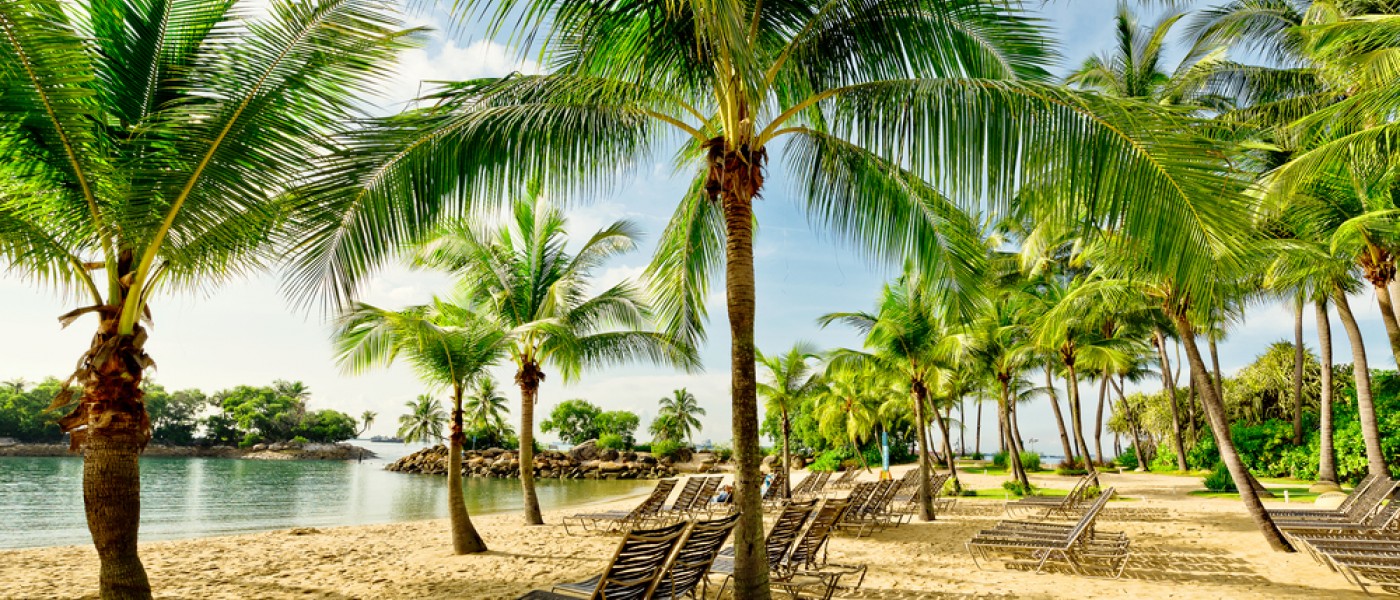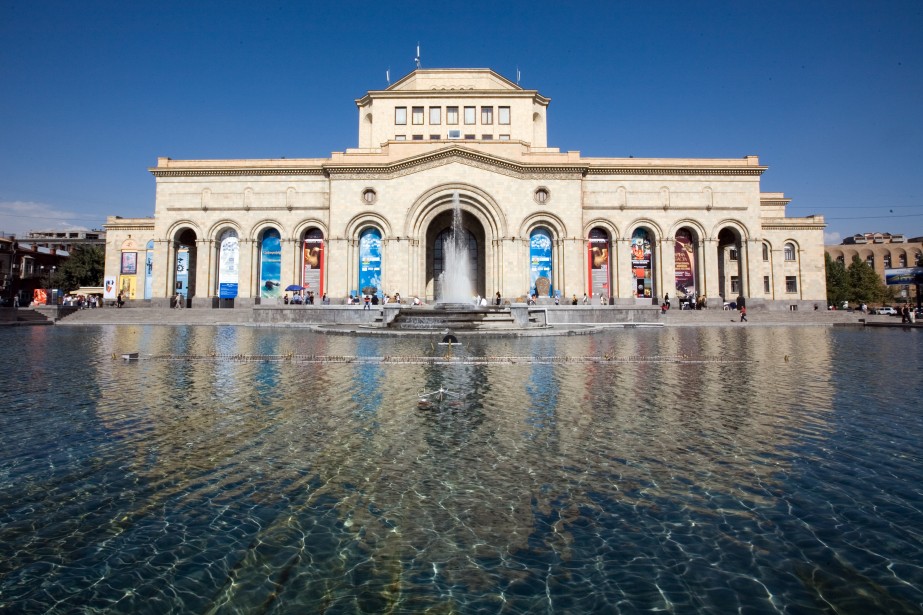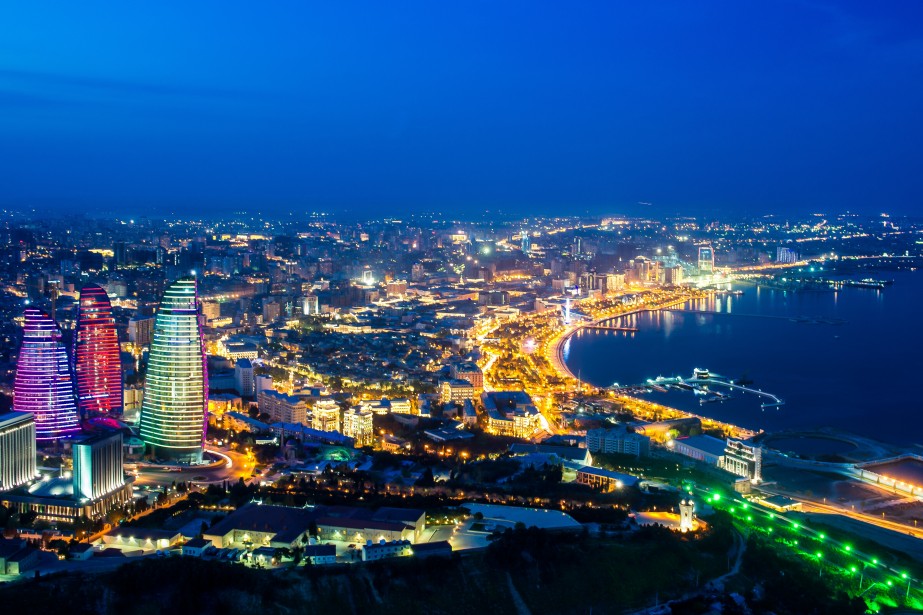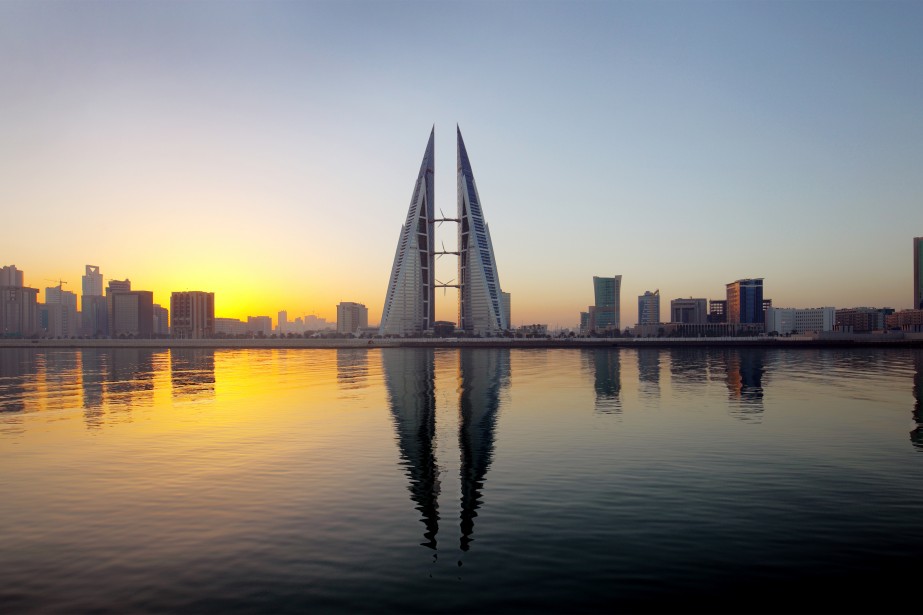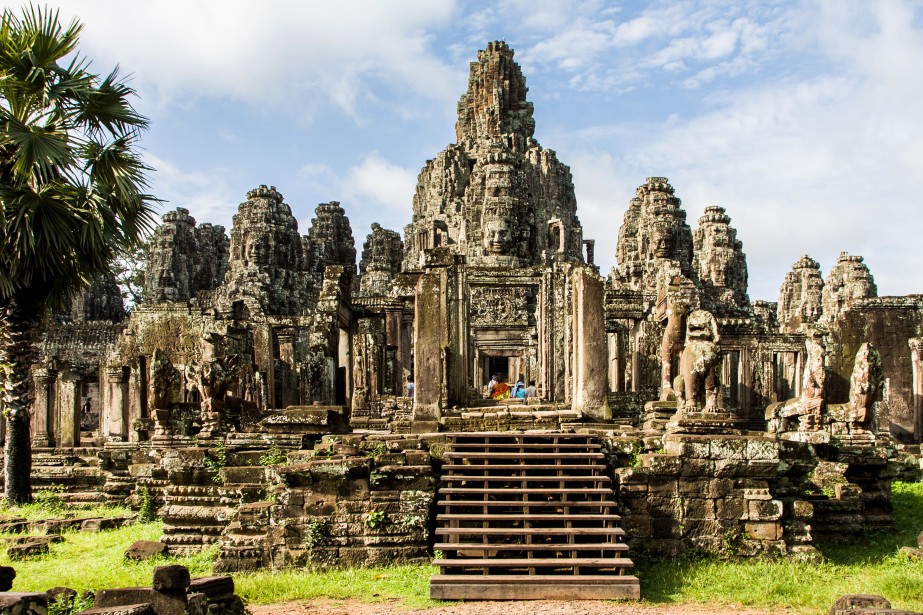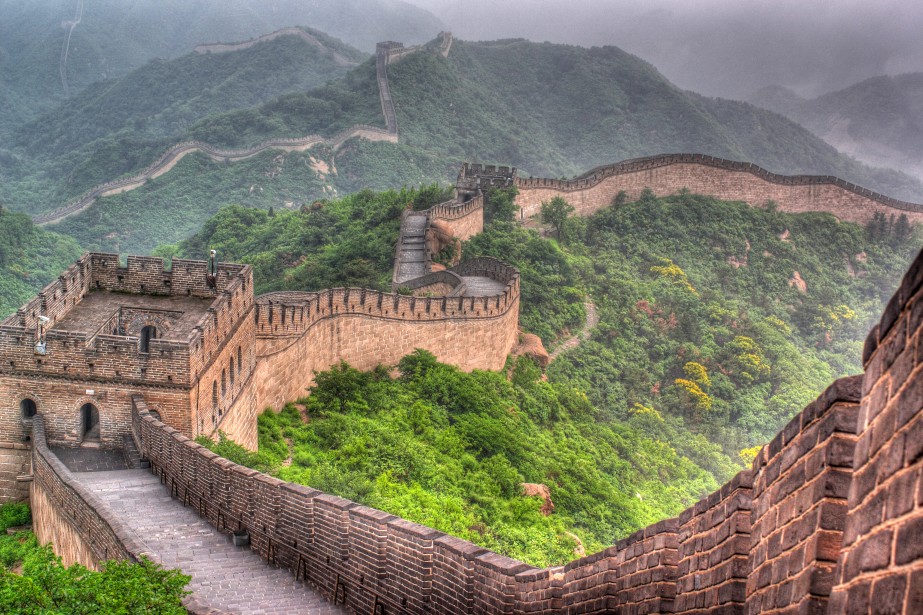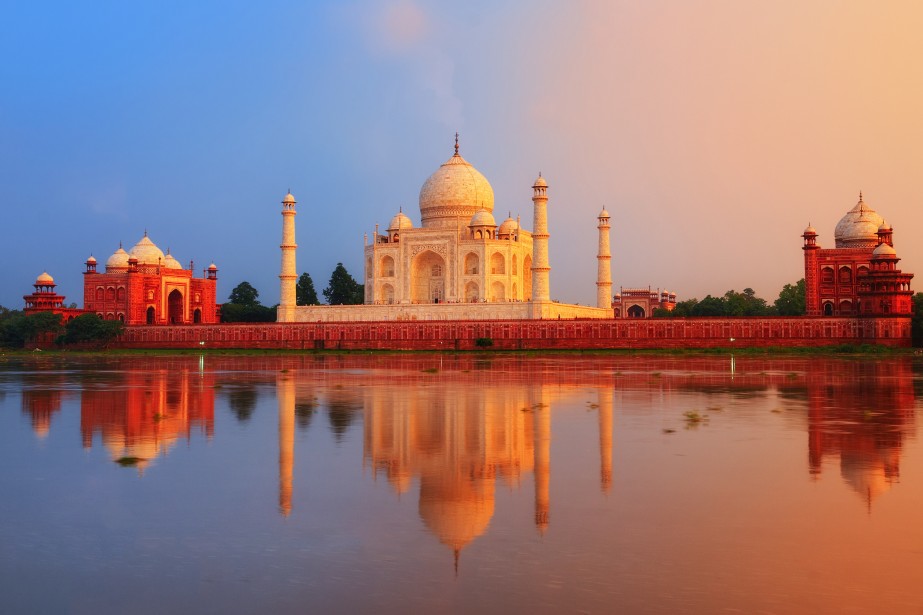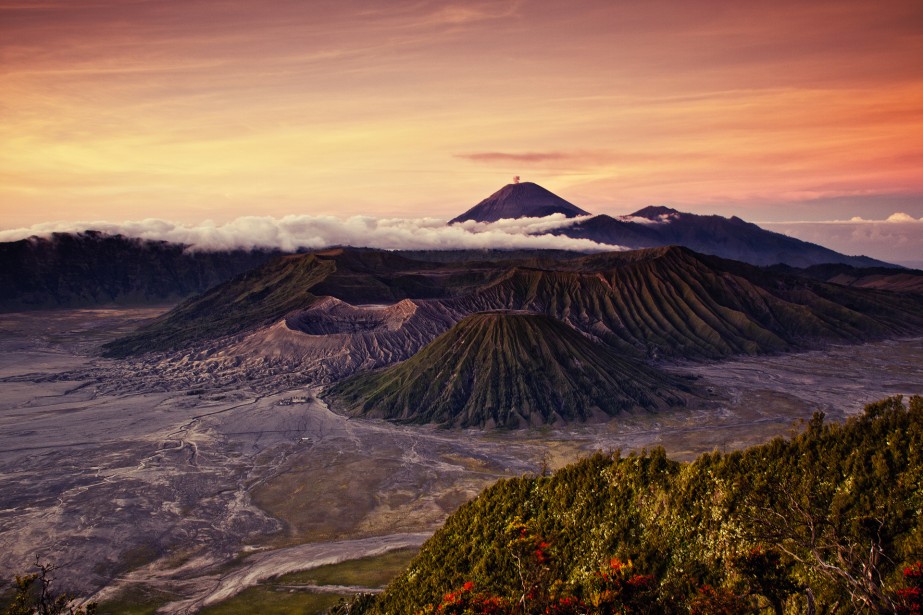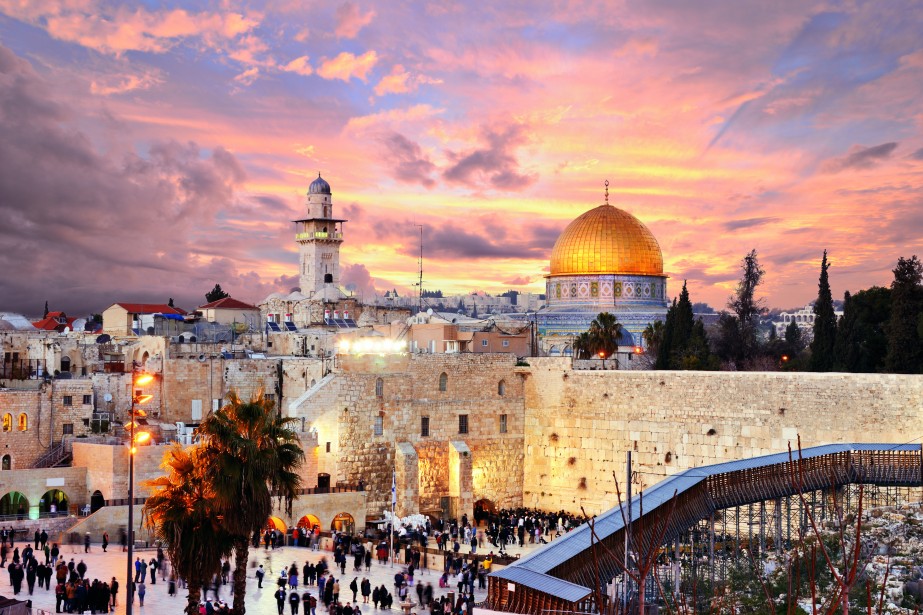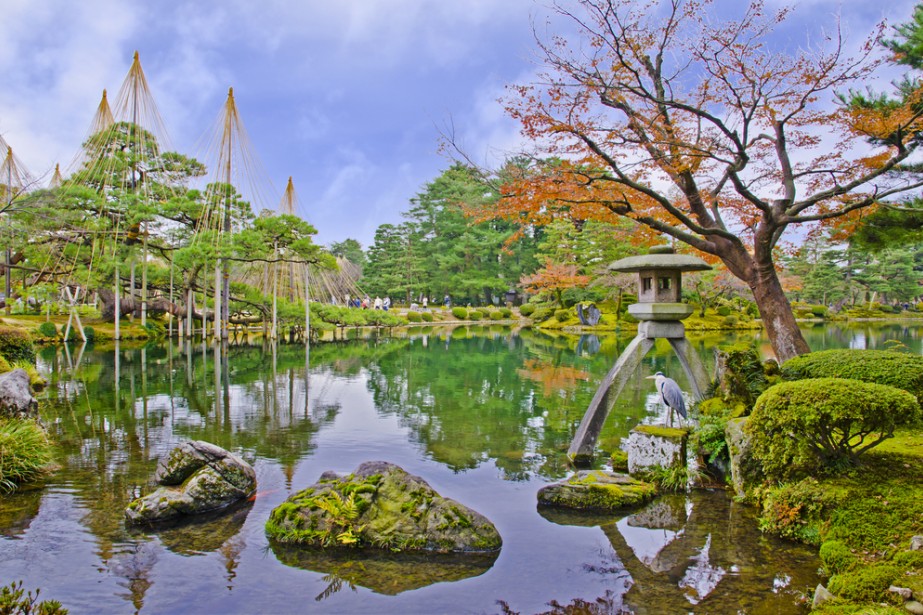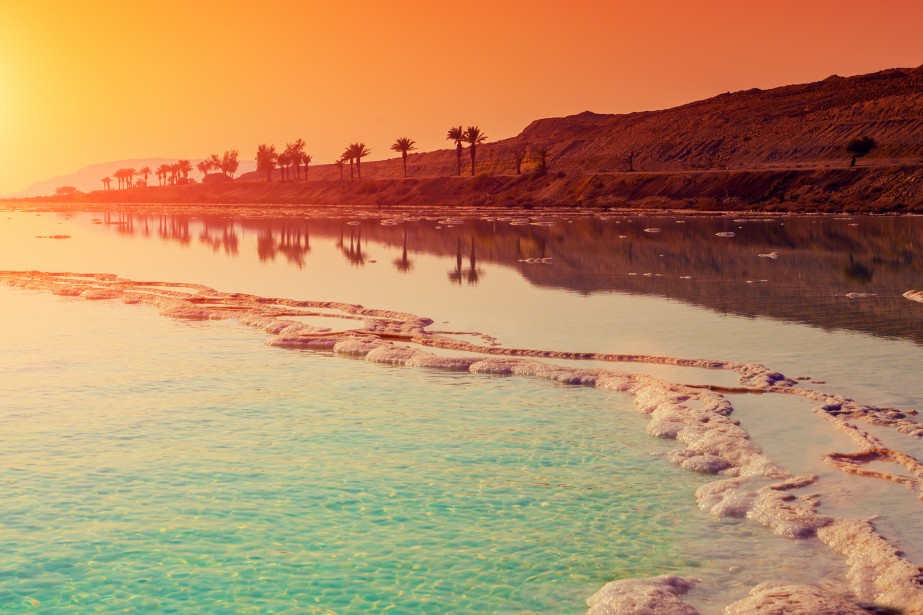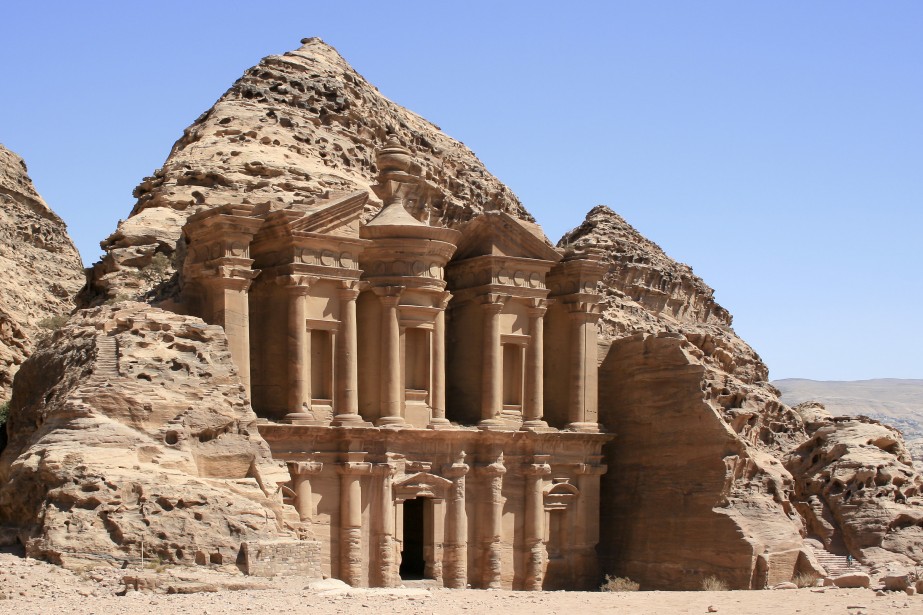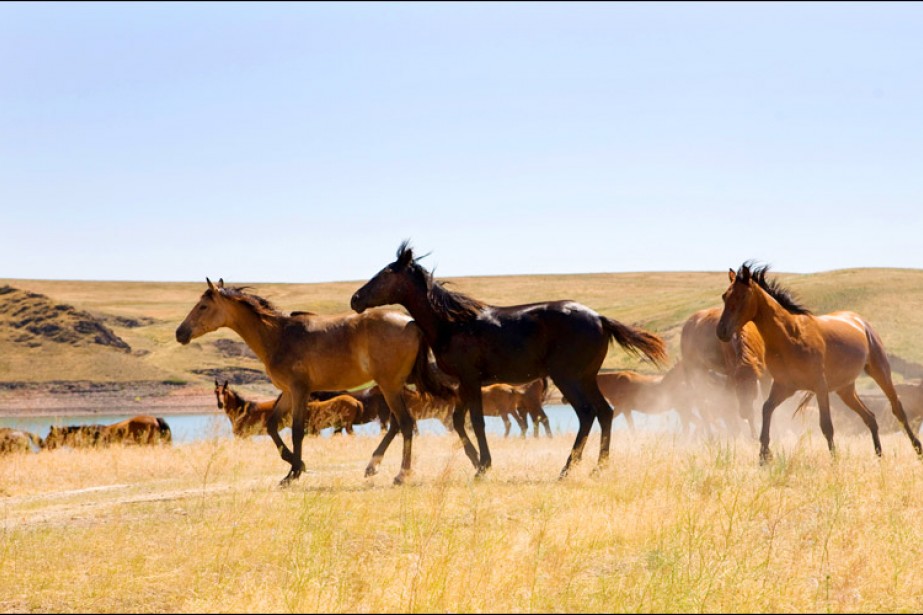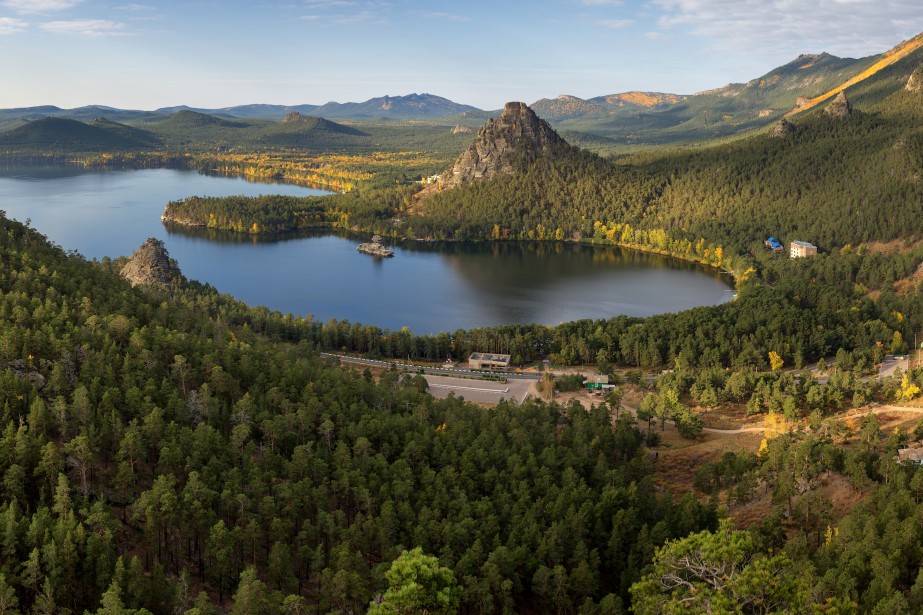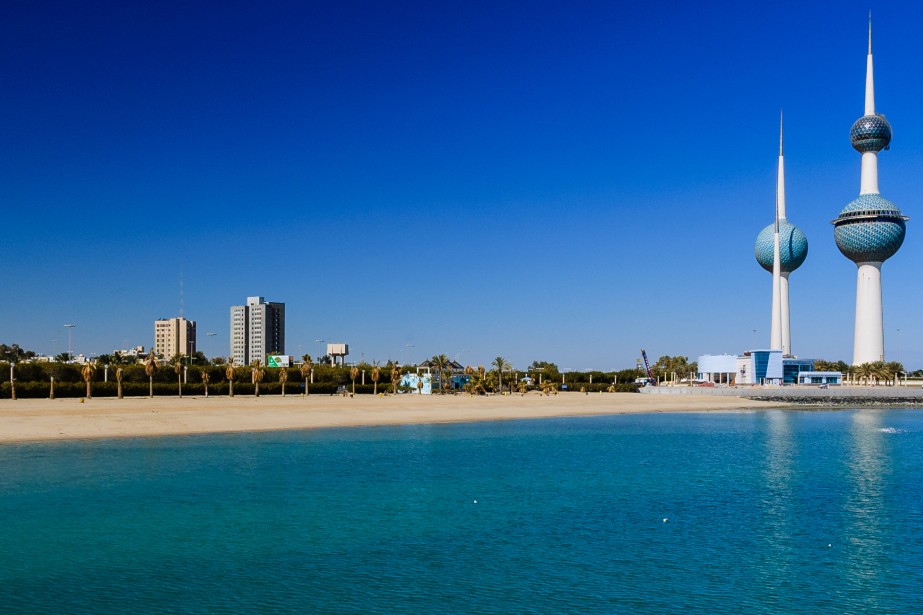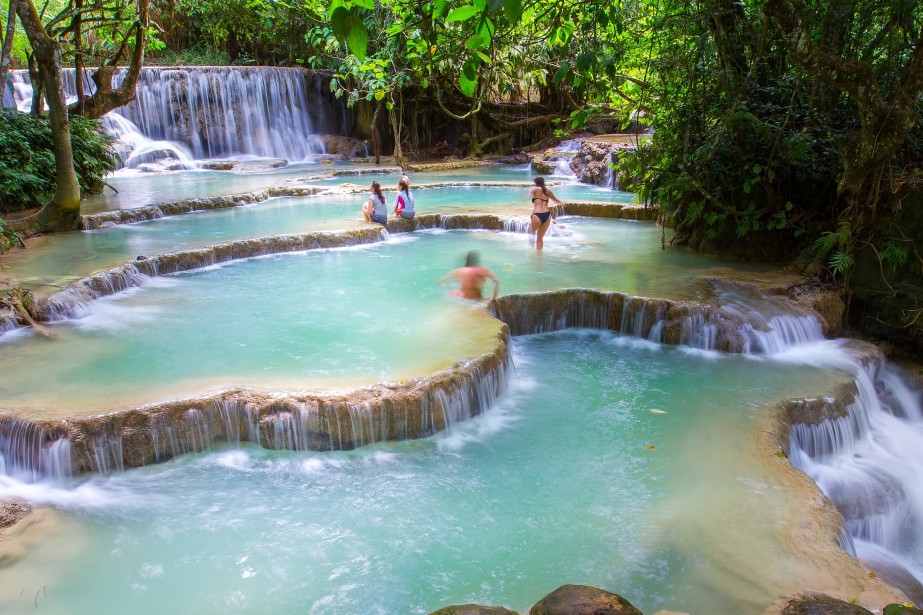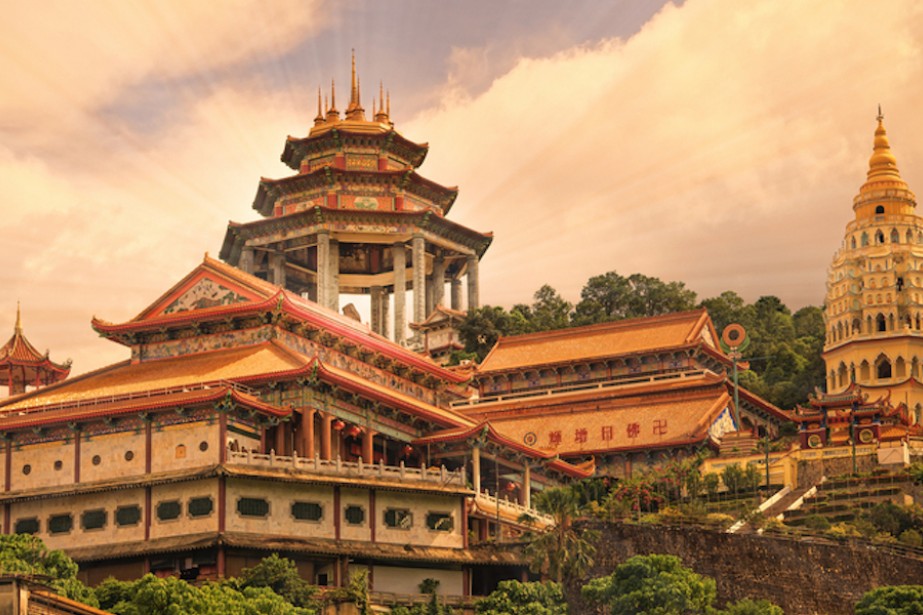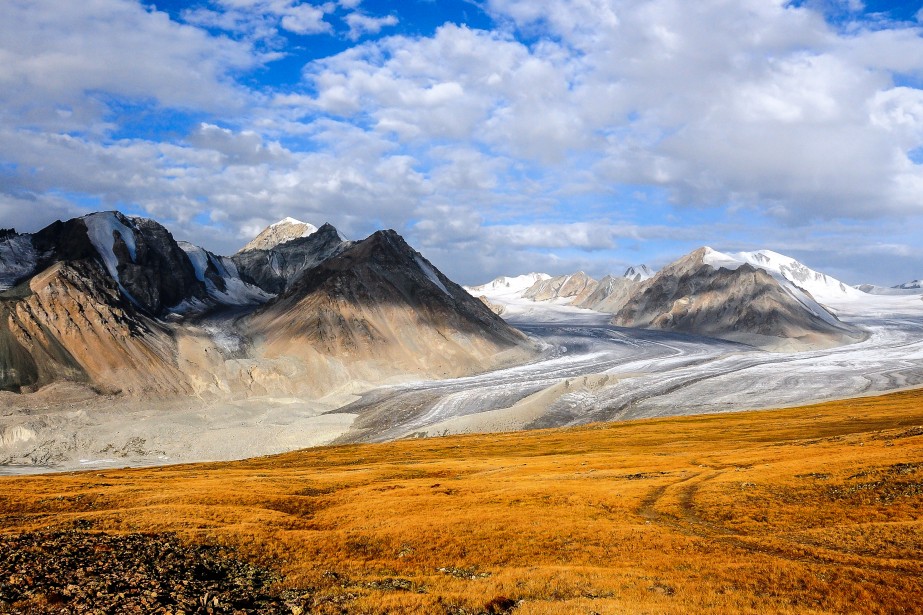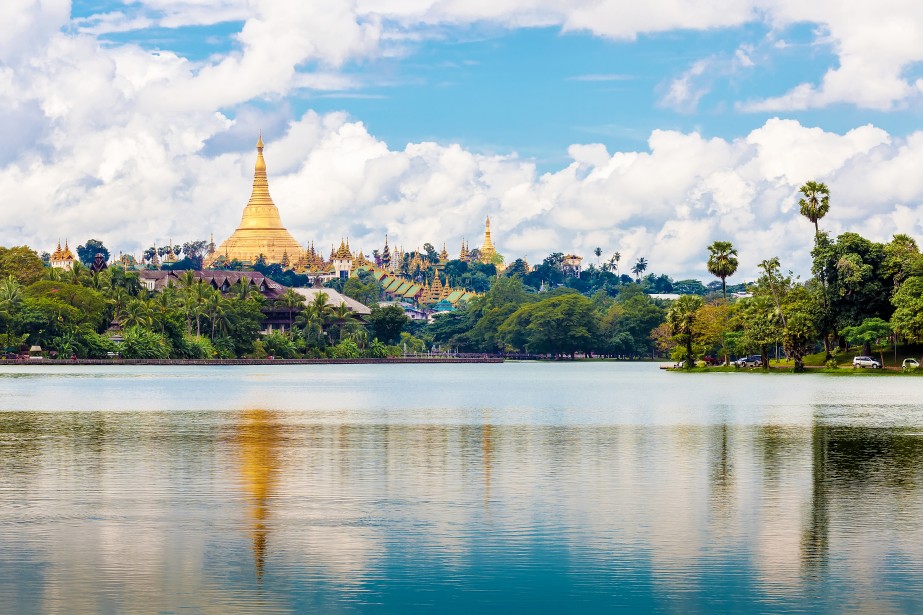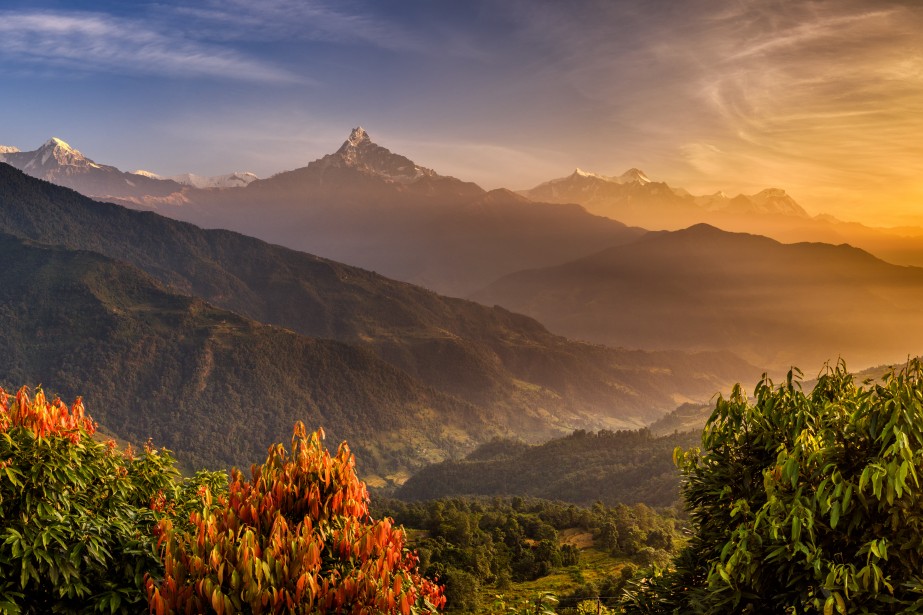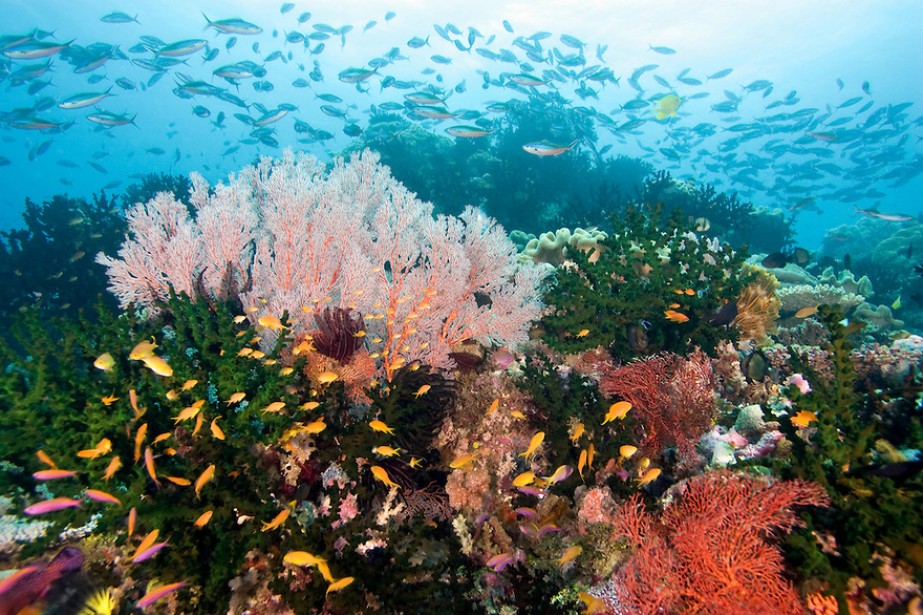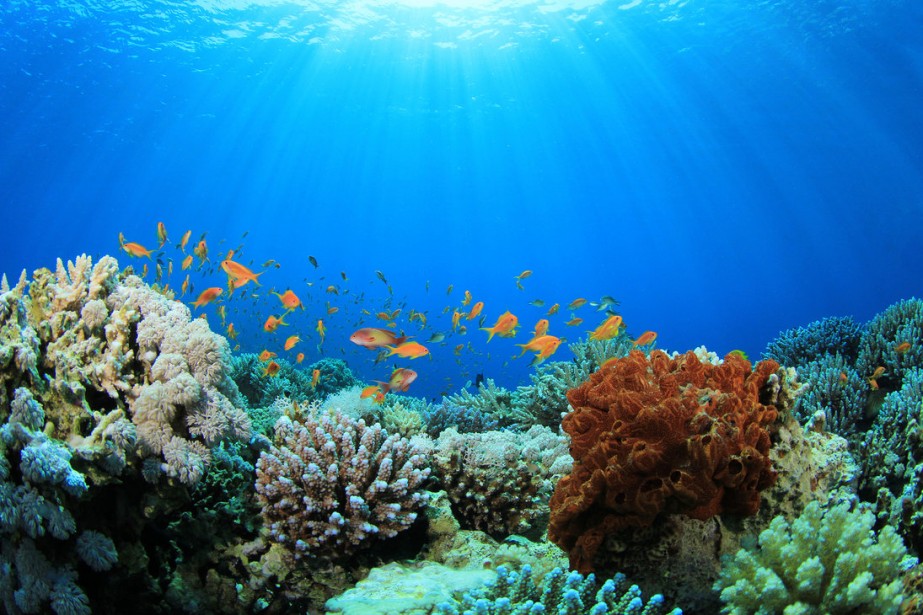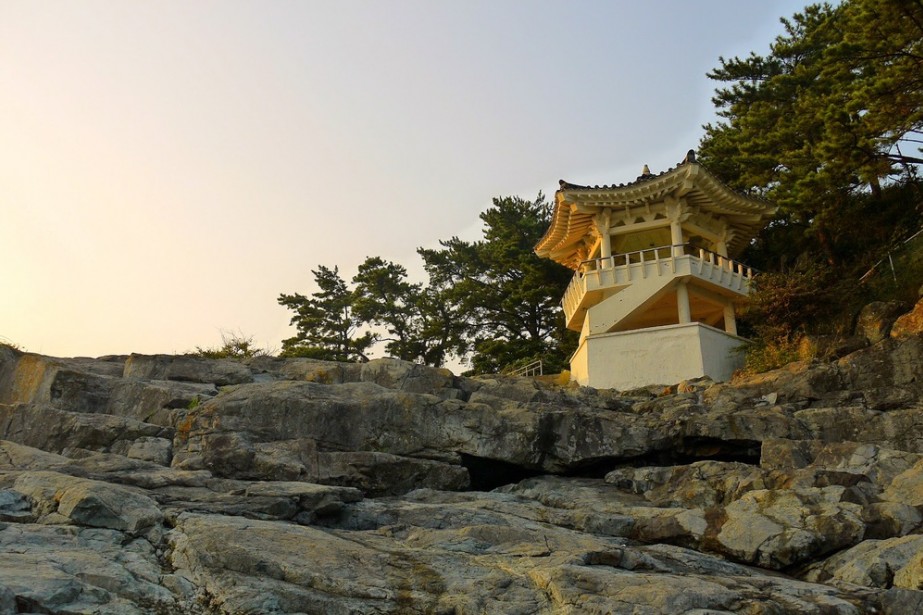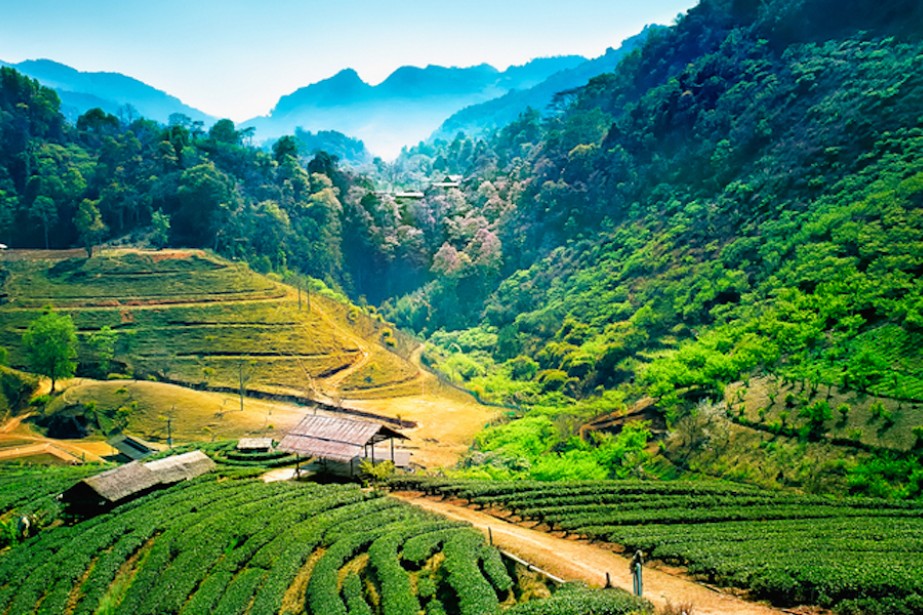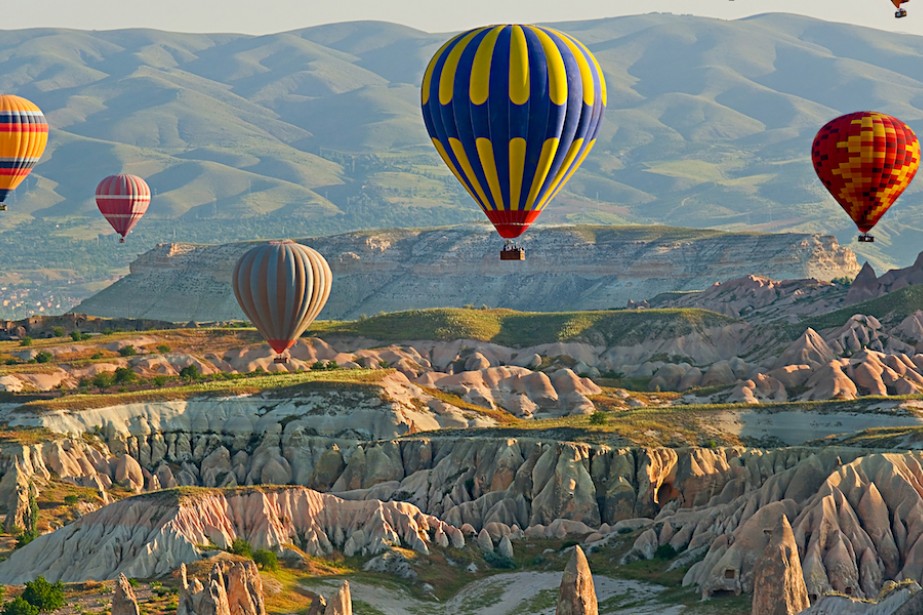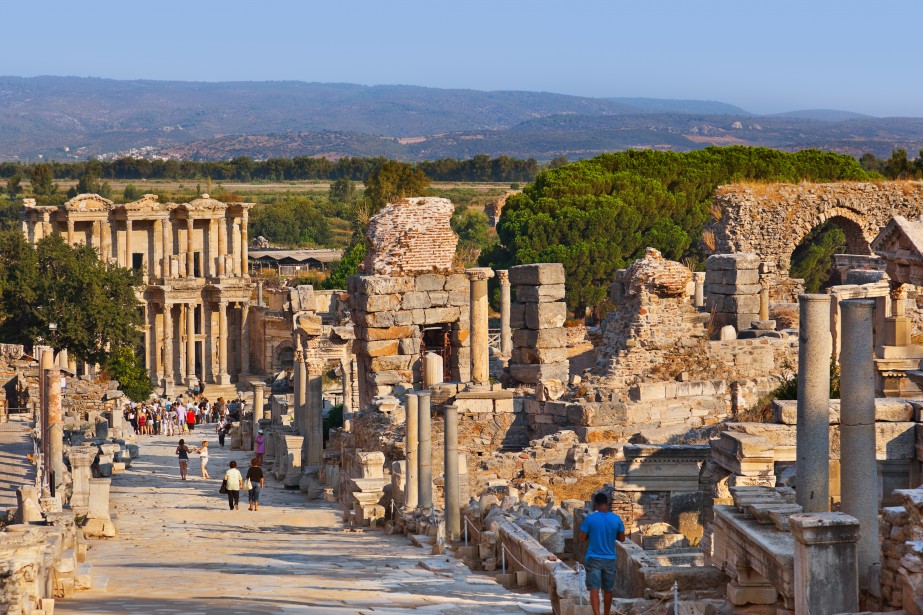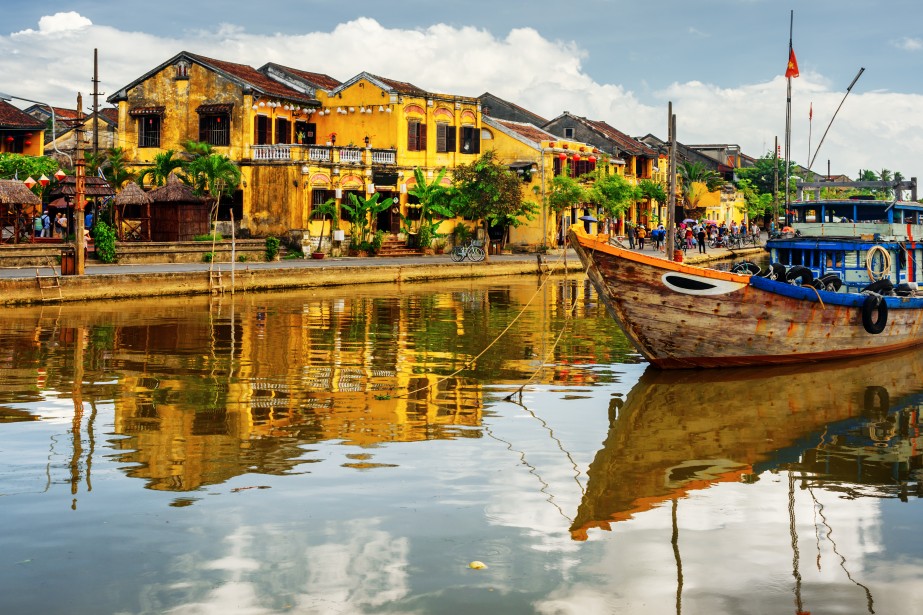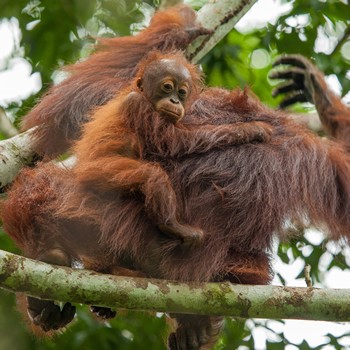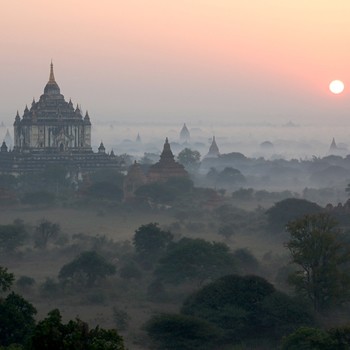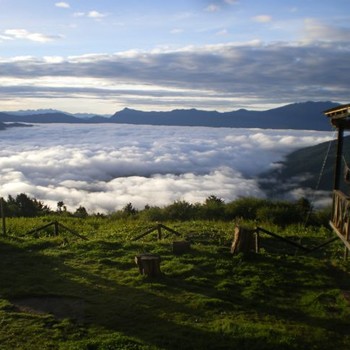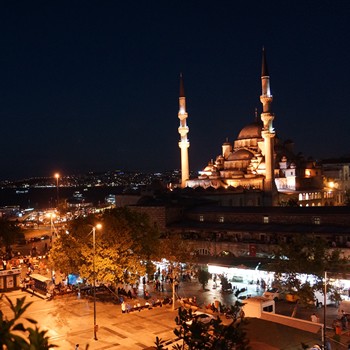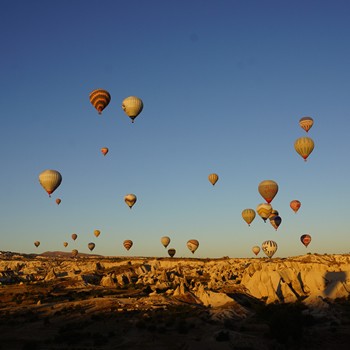Submitted by Pip Strickland on August 30, 2016
Overview
The world’s only island city-state and one of Southeast Asia’s most developed destinations, Singapore lies at the tip of the Malay Peninsula. It combines Singapore Island, together with around 60 offshore islets, and boasts a fascinating cultural diversity of ethnic Malay, Indian, Chinese and Peranakans who have each left their stamp.
The city of Singapore has been carefully planned as a “City in a Garden”, with peaceful green spaces interspersed with towering skyscrapers and the cultural enclaves of Little India, China Town and Kampong Glam. Singapore is a city where modern theme parks stand alongside ancient temples, and the more recent POW legacy of World War II. There are outstanding museums and art galleries, together with one of the world’s most famed zoos, plus shopping and dining scenes that are legendary.
While in the past it has been criticized for lacking character and soul, in recent years Singapore has embraced its cultural heritage to emerge as a vibrant destination.
When to travel - weather
Singapore’s location just to the north of the Equator results in a tropical year-round climate. June through to September sees the hottest temperatures when the Southwest Monsoon hits, while the wettest conditions are between November and March when the Northeast Monsoon brings heavy daily downpours. December and January generally experience the highest rainfall, although there can be showers at any time of the year.
As a business destination, Singapore doesn’t really experience a slump in tourism and it’s hard to find a time of year when hotel rates drop. July and August offer the best opportunity (although the temperatures can be stifling), while hotel prices soar from mid-December through to Chinese New Year when Asian tourists are on their annual vacation.
Food and drink
Singapore’s history as a major seaport, together with its diverse immigrant population, has resulted in a varied cuisine, drawing on the influences of the Chinese, Indian, Malay and Peranakan traditions. Food remains an important part of Singapore’s national identity and the country has established itself as one of the world’s premier foodie destinations.
Hawker centers are a great way to get a taste of Singapore’s culinary offerings, with multiple food vendors serving up a diverse range of dishes, many of which are local specialties. The East Coast Seafood Center is a great place to try Singapore’s famed chili crab, cooked in a spicy tomato-based sauce and served with deep fried buns known as mantous. Another distinctly Singaporean dish (often considered the national dish) is Hainanese chicken rice, with blanched or roasted chicken pieces served with fragrant, oily rice and a spicy chili and ginger paste.
Lemak laksa is another Singaporean staple brought by Chinese Peranakans, featuring seafood and noodles in a spicy coconut curry sauce. While the confusingly-named “fried carrot cake” was brought by the Teochew people from southern China and sees white radish fried with garlic and eggs.
For Singaporean-Indian cuisine, head straight to Little India to try fish head curry and rojak salad (deep fried potatoes, eggs, seafood and tofu). Or visit lively Chinatown’s Food Street to try char kuey trow - fried rice noodles with prawns, Chinese sausage, lard and cockles.
For dessert, you can’t go past an ice kachang in the Singaporean heat - shaved ice topped with sweet corn, jelly cubes, red beans, palm seed and mango. Or try the mouthwatering durian fruit which tastes far better than it smells!
Popular vacation spots
Sentosa Island - Dubbed ‘Asia's Favorite Playground’, Sentosa Island is the center of tourism in Singapore, with beaches, golf courses, theme parks and plenty of hotels and resorts. You can meet some of your favorite movie characters at Universal Studios, discover the marine life at Underwater World, cool off at Adventure Cove Waterpark and take in the views across Singapore from the Singapore Cable Car which connects the island to Mount Faber.
Changi Chapel and Museum - The Changi Chapel and Museum is located next to the notorious Changi prison where POW’s were incarcerated during World War II. It offers a fascinating insight into what life was like, with photographs and personal items from the soldiers on display. Not only were men kept here, but also women and children and there is a beautiful collection of watercolor paintings by former prisoner Mary Angela Bateman.
Singapore Zoo - Singapore Zoo is one of the world’s most famous, set within lush tropical surrounds and home to more than 300 species of animal. Most of the inhabitants are indigenous to Asia, including an impressive Elephants of Asia exhibit where visitors can get up close to these massive animals and the largest colony of captive orang-utans in the world! The zoo’s main appeal is that the exhibits are spacious and open, and has been designed in accordance with the animals’ geographical location. There are feeding shows scheduled throughout the day, while at night it opens its doors for an after-dark look at the zoo’s nocturnal species as they come to life.
Gardens by the Bay - Designed to transform Singapore into a “City in a Garden”, the innovative Gardens by the Bay stretch across more than 100 hectares of reclaimed land in the center of the city. There are numerous different themed gardens that reflect Singapore’s diverse cultural roots, including Malay, Chinese and Indian gardens, as well as the world’s largest glass greenhouse - the Flower Dome. Don’t miss the magnificent “Supertrees” which are illuminated during a nightly light and sound show.
Jurong Bird Park - The Jurong Bird Park is situated on the western slope of Jurong Hill and home to around 400 different bird species, many of which are threatened and rare. It includes an exhibit of flightless birds, such as emus, ostriches and rheas, as well as penguin and pelican coves, nocturnal displays and a special Southeast Asian aviary. It’s a fantastic opportunity to get up close to many birds which are elusive or difficult to spot in the wild, particularly during their daily feeding sessions
Little India - The cultural enclave of Little India lies to the east of the Singapore River and was historically where Tamils settled in the city. Its main thoroughfare, Serangoon Road, is lined with shops and boutiques selling textiles and spices, while Indian restaurants and colorful Tamil temples create the feeling you have arrived on the Subcontinent. Don’t miss a visit to the magnificent Sri Srinivasa Perumal Hindu Temple or Sri Veeramakaliamman, dedicated to the Hindu goddess Kali.
Kampong Glam - Originating as a small Malay fishing village, the neighborhood of Kampong Glam is now one of Singapore’s most upmarket. Not only is it rich in culture and history, but it has evolved into a center of fashion and food, with quirky boutiques and excellent cafes and restaurants. Spend time exploring Kampong Glam’s roots at the Malay Heritage Centre, witness the Islamic architecture of the Sultan Mosque and wander along the beautifully-restored shopfronts of Haji Lane.
Marina Bay Sands - Dominating the waterfront of Marina Bay is the Marina Bay Sands, a luxury resort, casino, shopping mall and convention center. Even if you’re not staying here, you can take advantage of its attractions, which include two cinemas, seven restaurants and an ice skating rink. For the best views across Singapore, ascend to the cantilevered platform of the Skypark which lies at the top of the Marina Bay Sands (complete with a 150-meter infinity pool), then wander along the Waterfront Promenade that links the complex with the Collyer Quay and Bayfront district.
Bukit Timah Nature Reserve - Located on the slopes of Bukit Timah Hill, this small nature reserve just outside the city center offers the perfect escape from the bustle and skyscrapers of Singapore. It’s home to around 500 different animals and 800 species of flowering plants, and remains one of the largest areas of primary rainforest left in Singapore. As such, it was declared an ASEAN Heritage Park in 2011, with everything from hiking to mountain biking and rock climbing on offer.
Practical information
Language
Singapore has four official languages - Mandarin, Malay, Tamil and English. While English is taught in schools, most Singaporeans communicate in what is known as Singlish - a mix of English and mostly Malay terms. This can still be understood by English speakers, but often takes a little time to get used to.
Those in Singapore’s Chinese community normally converse in their own dialects, while the Malay use their own language and Singapore’s Indian population speak Tamil. Most families speak at least two languages, although English remains the one that unites the country.
Money
The official currency of Singapore is the Singapore dollar, with ATMs in abundance and most credit and debit cards accepted. Banks and exchange houses will change a wide array of currency, as do hotels (although for inferior rates). Most large shops and restaurants will accept major credit cards and you may even get a discount for paying by card!
Health and Safety
The crime levels in Singapore are very low, although the occasional mugging does take place. Of more concern to most tourists are the strict rules (and penalties) imposed, with smoking in public areas, jaywalking and littering resulting in serious fines.
The level of medical care in Singapore is very high, with all staff speaking English and a good supply of medication available at local pharmacies. In addition to government hospitals, there are also plenty of private clinics where you can visit a GP, but comprehensive travel insurance is still highly recommended to cover the costs.
Tap water is fine to drink across the island and no vaccinations (in addition to basic ones) are required before visiting.

